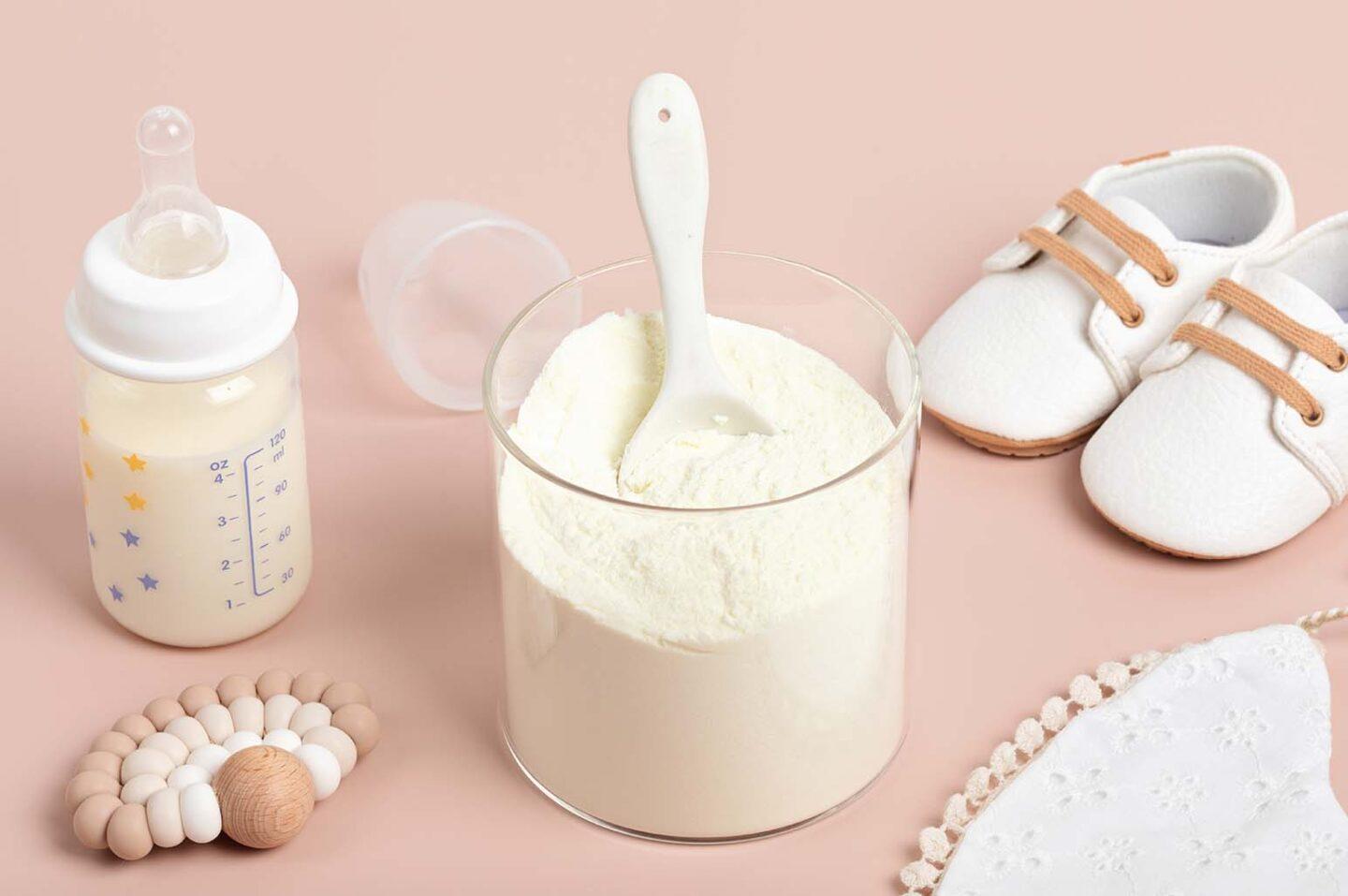Learning how to bottle-feed your baby in a safe and healthy way is important. Discover the best practices for feeding your baby formula.

Feeding your baby formula is a great way to provide them with the nutrition they need while giving you peace of mind that their needs are met. But it’s important to remember that bottle-feeding with formula requires special care and attention, as there are certain practices that should be followed to ensure safety and effectiveness. Here are some of the top practices for bottle-feeding with baby formula.

1. Read the Instructions:
Different formula brands have different instructions, so it’s important to read and follow all instructions carefully. Doing so will ensure that you’re making and storing the formula correctly. In addition, make sure to measure and mix the formula as directed in order to ensure your baby’s safety. That will also help ensure that your baby is getting the correct amount of formula and nutrition. For example, some formula brands require that you use a specific number of scoops per ounce of water. So make sure you’re familiar with the instructions for your particular brand of formula.
2. Sterilize All Feeding Equipment:
Before each feeding, it’s important to make sure all equipment is properly sterilized in order to prevent bacteria from forming in the bottle or nipple. You can purchase ready-to-use sterilizing agents, but boiling bottles and nipples for five minutes is also an effective way to sterilize them. Once the equipment is sterilized, it should be used within 24 hours. That means you should also prepare only the amount of formula your baby will need for each feeding. For instance, if your baby needs four ounces of formula per feeding, you should only mix four ounces of formula to prevent waste.
3. Choose the right formula:
Make sure you choose a formula that is appropriate for your baby’s age and health needs. Your baby’s healthcare provider should be able to suggest the best formula for their particular situation. If your child has any allergies or other medical conditions, speak with their doctor before introducing the new formula. For example, goat milk formulas are available for babies who are sensitive to cow’s milk. They are also a good option for babies who have difficulty digesting cow’s milk proteins. Also, if your baby is 6 months or older, you may want to consider switching them to a formula designed for toddlers.
4. Do Not Heat the Formula:
Never heat the formula in the microwave, as it can create hot spots that could burn your baby’s mouth. It’s best to let the bottle sit at room temperature until it reaches a comfortable feeding temperature. You can also run the bottle under lukewarm water to warm it up. That way, you can be sure that the formula is at a safe temperature without any hot spots. That being said, it’s important to use caution when warming up the formula, as you don’t want it to be too hot and risk burning your baby. Also, avoid adding anything to the formula, such as honey or sugar.
5. Clean and Store Bottles After Each Feeding:
After each feeding, it’s important to clean and store the bottles properly in order to prevent bacteria from forming in the bottle or nipple. You should always rinse out the bottles with warm water before washing and cleaning them with soap or a bottle brush. Once the bottles are completely clean, let them air dry before storing them in a cool, dry place. Make sure to discard any leftover formula after each feeding, as it can spoil quickly if left out at room temperature.
6. Check the Temperature:
Since the formula is delicate, you should always double-check that it’s not too hot before feeding your baby. Never feed your baby a bottle of formula that’s hotter than 104 degrees Fahrenheit, as this could burn their mouth and throat. You can test the temperature of the formula by shaking a few drops on your inner wrist or elbow. If it feels warm, then it’s ready for feeding. For example, if it feels slightly cooler than your body temperature, then it’s ready for feeding. Never feed a baby a bottle of formula that’s cold, as this can cause discomfort.
In Conclusion
Bottle feeding with baby formula is a great way to provide your little one with the nutrition they need. However, it’s important to remember that there are certain practices you should follow in order to ensure safety and effectiveness when bottle-feeding with formula.
From reading the instructions for each brand of formula carefully, sterilizing all feeding equipment before use, choosing the right type of formula based on your baby’s age and health needs, avoiding heating formulas in microwaves or adding anything else besides water or milk to them, as well as cleaning and storing bottles after each feed – these key points must be kept in mind if you want to ensure an optimal feeding experience for both yourself and your infant.
By following these top practices for bottle-feeding with baby formula, you can rest assured knowing that your child will receive only safe and nutritious meals.
